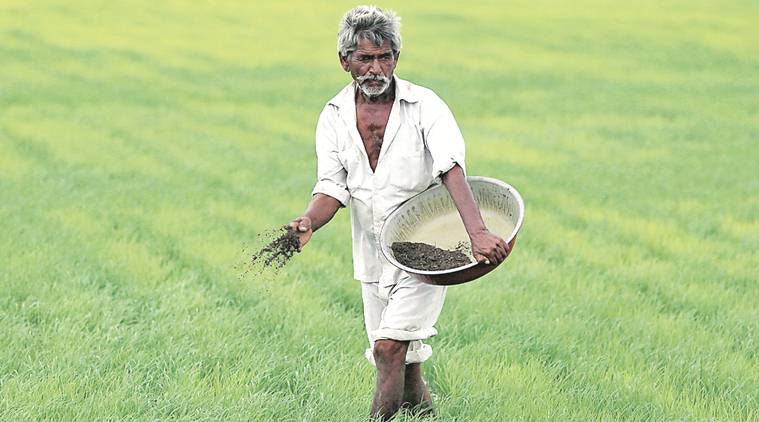 Professor R Ramakumar of the Tata Institute of Social Sciences (TISS) said one reason has been that banks fail to provide farmer beneficiaries of the loan waiver schemes certificates declaring them free of liabilities. (Representational Image)
Professor R Ramakumar of the Tata Institute of Social Sciences (TISS) said one reason has been that banks fail to provide farmer beneficiaries of the loan waiver schemes certificates declaring them free of liabilities. (Representational Image)
With the fresh extensions to the Maharashtra government’s farm loan waiver including a one-time settlement for those with arrears in excess of Rs 2 lakh and an incentive up to Rs 50,000 for those repaying instalments regularly, the state’s debt relief scheme for farmers is one of the most extensive, offering near-universal coverage to agriculturists with formal credit. But from past experience, the loan waiver on its own may not enable farmers to access fresh loans for productive investments in the land.
Presenting his budget proposals for 2020-21, Maharashtra Finance Minister Ajit Pawar on Friday said that eligible farmers will get the benefit of the waiver before the coming kharif season of 2020, so as to make them eligible for new crop loans. But in 2018-19 and 2019-20, the years when the Chhatrapati Shivaji Maharaj Shetkari Samman Yojana of the BJP-led government was under implementation, fresh farm credit actually dipped, to only 50-60 per cent of the targets set in the annual credit plan. For 2019-2020, the State-level Bankers’ Committee (SLBC) set an annual credit plan of Rs 87,322 crore for agriculture. It was a little lower than the previous year’s target, but total disbursals to the farm sector was only Rs 43,044 crore, even less than the 2018-19 disbursals of Rs 67,914 crore.
Professor R Ramakumar of the Tata Institute of Social Sciences (TISS) said one reason has been that banks fail to provide farmer beneficiaries of the loan waiver schemes certificates declaring them free of liabilities. He said a CAG audit report of the UPA’s 2008 Agricultural Debt Waiver and Debt Relief Scheme mentioned that large numbers of beneficiaries were unable to access fresh credit owing to the non-availability of this certificate.
“Even in cases where a certificate was given, complaints showed that farmers were denied new loans where maybe branch managers made subjective decisions on credit-worthiness of an account-holder, perhaps in cases where loans were pending for a long time. Or fresh credit was simply rationed — these are problems in the banking system,” said Ramakumar.
Farmer leaders agree. While state officials interpret the overall compression in farm credit as a dip in demand, the experience on the ground has been that banks are unwilling to extend fresh loans.
With Rs 19,843 crore spent under the Chhatrapati Shivaji Maharaj Shetkari Samman Yojana, announced in June 2017, a Rs 22,000 crore allocation for the Maha Vikas Aghadi’s loan waiver scheme announced soon after the Shiv Sena-NCP-Congress government took over and additional expenditure to be incurred for the one-time settlement, the two loan waiver schemes will together reach more numbers of distressed farmers than ever before. While 44.23 lakh beneficiaries were covered under the previous scheme, 13.85 lakh farmers have already been listed as beneficiaries under the new Jyotirao Phule Karjmukti Yojana. An estimated 20 lakh farmers more are to be covered in the coming months.
Economist Prof H M Desarda, a former member of the state’s planning commission, said another problem is that the loan waivers leave out an important category of distressed farmers — those who are too poor to access institutional credit. “Private moneylenders continue to be an important source of credit for poor farmers, who are most in need of the state’s alleviation measures. And they remain out of the ambit of populist loan waivers even when lakhs of farmers are shown as beneficiaries,” he said.
Ramakumar also said a key difference between the BJP government’s loan waiver scheme and other state loan waivers was the selection of eligible beneficiaries through an online system. Unlike previous schemes where beneficiaries were identified by banks, the government, perhaps mistrustful of politically controlled cooperatives that could misuse the scheme, asked farmers to apply online with documents, identification papers, land records, etc. “There were complaints that exclusion happened at this stage. There were glitches in the software, people were unable to upload records, maybe some didn’t have updated land records in their names, and were declared ineligible,” said Ramakumar.